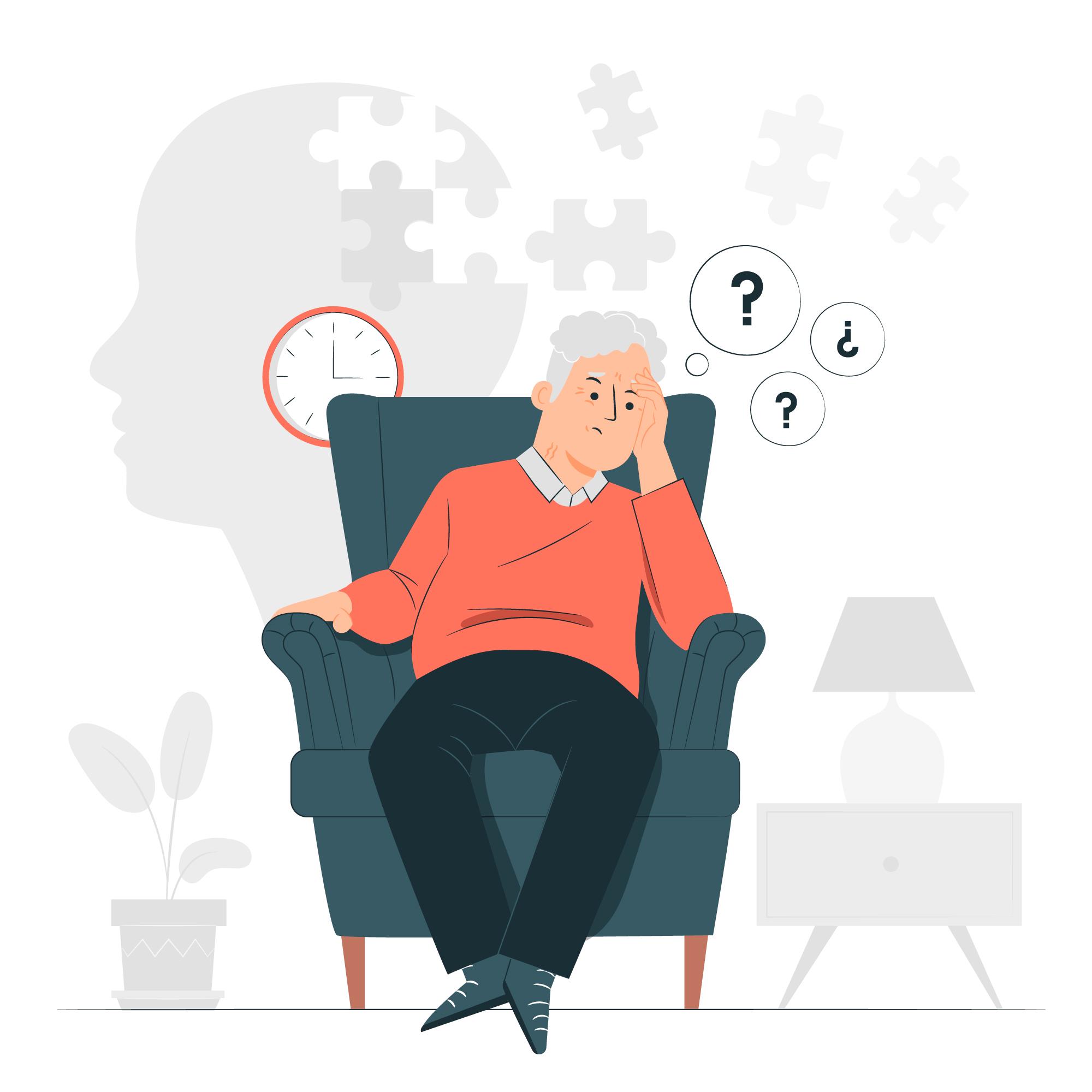
– Coach: TBD
– Student year: B21;B22;FBP;Pre-master;M12;M11;
– Expert: Sanne Metten & Sanne Beijer
– Client: Pleyade Innovatie Team
– Research/design question: Which role can scent play in multisensory design interventions to enhance wellbeing of people with dementia?
– Client: Pleyade Innovatie Team
– Research/design question: Which role can scent play in multisensory design interventions to enhance wellbeing of people with dementia?
– Description : Since people with dementia are cognitively and verbally challenged, approaching them through their embodied self offers opportunities for dementia care and design. In particular, meaningful activities involving multisensory stimulation have shown to have a positive effect on the wellbeing of people with dementia. When a person with dementia engages with their senses, they are brought into the moment because of the focused attention on their current environment and actions. Accordingly, such activities provide a sense of connectedness to self, others and their environment and contribute to maintaining personhood.
An attempt of multisensory stimulation is through multi-sensory environments (MSE). These designated environments aim to provide relaxing, positive environments with sensory-enriched experiences through vision, touch, hearing, smelling, tasting, and moving without the need for cognitive processing. Other examples of sensory stimulation to reduce negative behavior symptoms are massage and touch, aromatherapy, music, animal-assisted therapy, doll therapy, and light therapy.
However, scent is a relatively new direction in this field. There is one project: “Windows to Nature” that offers the opportunity to re-connect with nature. This product is aimed at people with dementia that live in care facilities. This window offers a multi-sensory experience through scent, sounds and visual. The connection with natural elements such as plants, animals, trees and flowers is essential for us as human beings. In essence, nature is a rich source of multisensory stimulation. There is growing evidence that interaction with nature benefits people with dementia’s quality of life. Moreover, various studies demonstrated that older adults desire to connect with nature and noted the appreciation for the multisensory experiences that nature offers. For that reason, nature-based interventions may provide a meaningful activity and reduce BPSD symptoms for people with dementia.
An attempt of multisensory stimulation is through multi-sensory environments (MSE). These designated environments aim to provide relaxing, positive environments with sensory-enriched experiences through vision, touch, hearing, smelling, tasting, and moving without the need for cognitive processing. Other examples of sensory stimulation to reduce negative behavior symptoms are massage and touch, aromatherapy, music, animal-assisted therapy, doll therapy, and light therapy.
However, scent is a relatively new direction in this field. There is one project: “Windows to Nature” that offers the opportunity to re-connect with nature. This product is aimed at people with dementia that live in care facilities. This window offers a multi-sensory experience through scent, sounds and visual. The connection with natural elements such as plants, animals, trees and flowers is essential for us as human beings. In essence, nature is a rich source of multisensory stimulation. There is growing evidence that interaction with nature benefits people with dementia’s quality of life. Moreover, various studies demonstrated that older adults desire to connect with nature and noted the appreciation for the multisensory experiences that nature offers. For that reason, nature-based interventions may provide a meaningful activity and reduce BPSD symptoms for people with dementia.
Publications:

